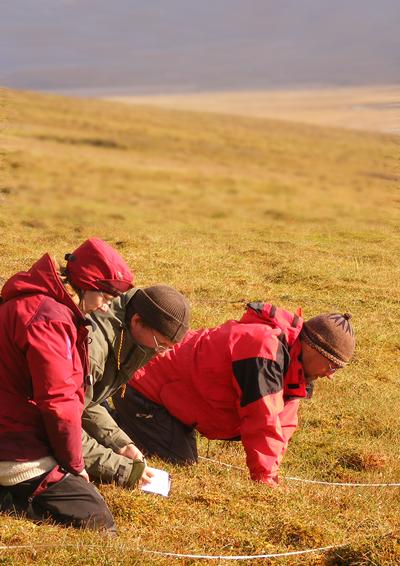Soil conservationists are responsible for ensuring a health state of the soil. They spend a large proportion of their time working in the field, alongside farmers and other land users, offering conservation planning and technical help. Aims include conserving the soil, improving water quality, managing nutrients, and protecting and improving wildlife habitats.

Typical tasks
- Apply conservation principles in specialized fields of science, such as agronomy, soil science, forestry, or agriculture.
- Advise land users on conservation plans, problems and alternative solutions
- Provide technical and planning assistance.
- Plan soil management and conservation practices, such as crop rotation, reforestation, permanent vegetation, contour ploughing, or terracing, to maintain soil and conserve water.
- Visit areas affected by erosion problems to seek sources and solutions.
- Work on assistance programs for local governments
- Collect and analyse soil samples
- Analyse and present results
- Develop studies to investigate various types of land use
- Provide information, knowledge, expertise, and training to government agencies at all levels
- Design and oversee the construction of soil conservation structures.
- Monitor land use to evaluate the effectiveness of land-use practices and plans.
- Generate cost estimates for different conservation practices
- Participate in environmental impact assessments.
- Manage projects and supervise technical and professional staff.
Conservationists work is spread between offices, laboratories and outdoors. Fieldwork can be in remote locations. The areas of fieldwork will vary depending on the employer and their remit.
Interested in a career in soil conservation?
More information
The prospects website has more information about this career path.
The Careers and Employability Service has more resources to help you research careers.